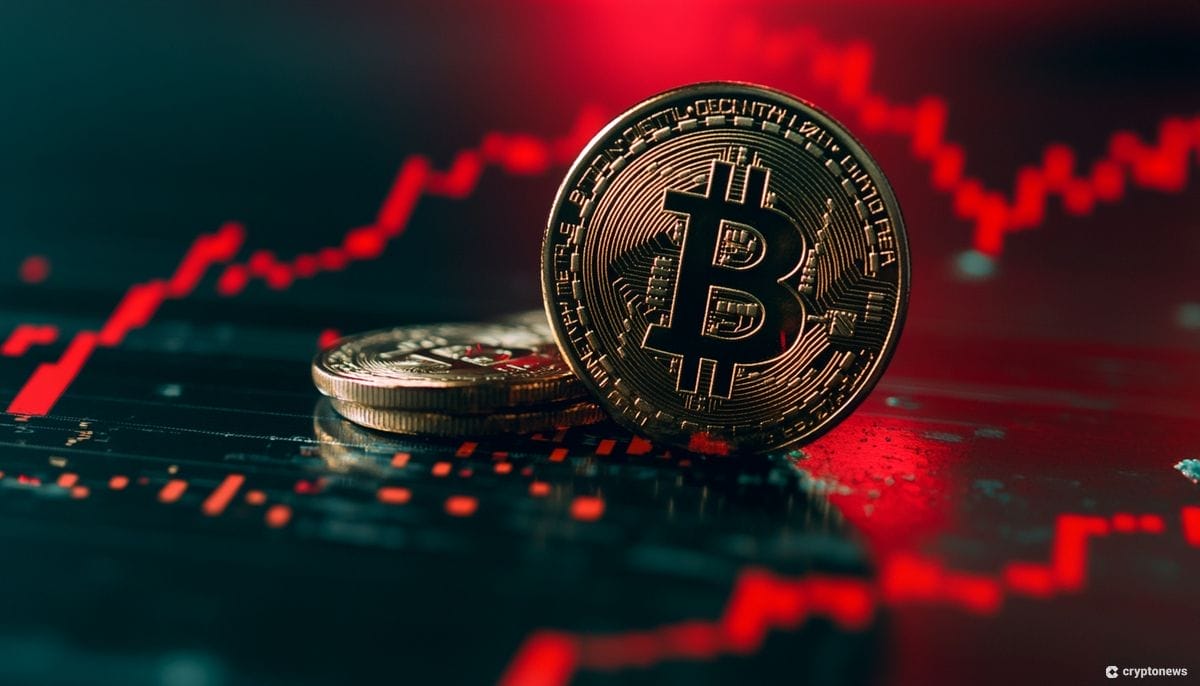Last updated:
 Why Trust Cryptonews
Why Trust Cryptonews

Bitcoin funding rates on Binance, the world’s largest cryptocurrency exchange by trading volume, have dropped to their lowest levels of the year, reflecting a marked shift in market sentiment.
According to CryptoQuant on-chain analyst EgyHash, the funding rates for Bitcoin on Binance have been negative for three consecutive days, a trend last seen in October 2023.
The negative turn suggests that short positions—bets that the price of Bitcoin will fall—are now outpacing long positions, indicating growing bearishness among traders.
Funding Rates on Binance Signal Market Sentiment
Funding rates on Binance have long been a barometer for market sentiment, reflecting the balance between short and long positions.
When funding rates become negative, it means traders holding short positions are required to pay those holding long positions, signaling higher demand for short positions.
EgyHash’s data reveals that the current funding rates have reached their most negative point of the year, underscoring the dominance of short positions in the perpetual futures market.
The broader market sentiment is also turning cautious, as reflected by the average Bitcoin funding rate across all exchanges, which has also turned negative.
A report from 10x Research on August 16 highlighted a lack of institutional interest in Bitcoin at current price levels.
The report pointed to the seven-day minting ratio, a key stablecoin metric that tracks Bitcoin buyer activity, as evidence that institutions are hesitant to engage with the market.
However, despite the negative funding rates and waning institutional interest, there are still signs of optimism.
On August 15, spot Bitcoin exchange-traded funds (ETFs) saw inflows of $11.11 million, despite declining interest in the Grayscale Bitcoin Trust (GBTC).
According to Sosovalue data, the total net asset value of spot Bitcoin ETFs has risen to $51.99 billion, with combined net inflows of $17.33 billion.
Institutional Investors Increased Bitcoin ETF Holdings in Q2
A growing number of institutional investors are bolstering their Bitcoin holdings through spot ETFs, according to recent data from Bitwise.
In the second quarter of 2024, approximately 66% of these investors either maintained or increased their Bitcoin ETF positions.
Bitwise’s analysis of 13F filings submitted to the Securities and Exchange Commission (SEC) reveals that 44% of asset managers expanded their Bitcoin ETF holdings during the quarter, while 22% chose to hold steady.
Meanwhile, only 21% of institutional investors reduced their positions, and a smaller 13% decided to exit entirely.
As reported, the digital asset market saw a significant rebound last week, with investment products drawing in $176 million in inflows as investors capitalized on recent price dips.
The influx comes after a period of market correction that had slashed the total Assets under Management (AuM) in these products by over $20 billion
During the week, Ethereum emerged as the primary beneficiary of the market’s rebound, attracting $155 million in inflows last week.
This brings Ethereum’s year-to-date inflows to $862 million, marking the highest level of investment since 2021.





